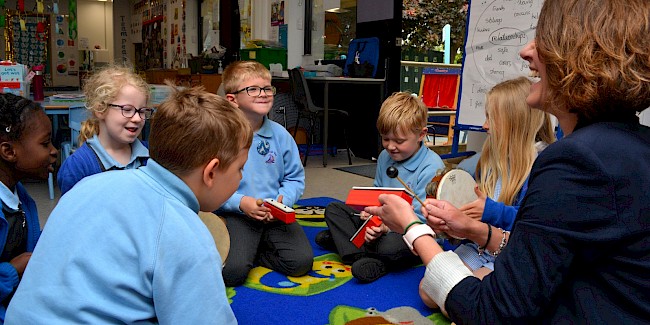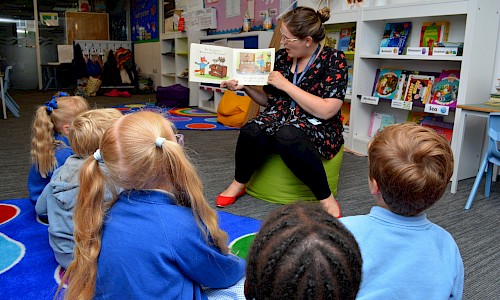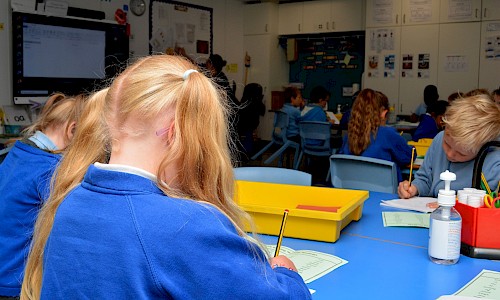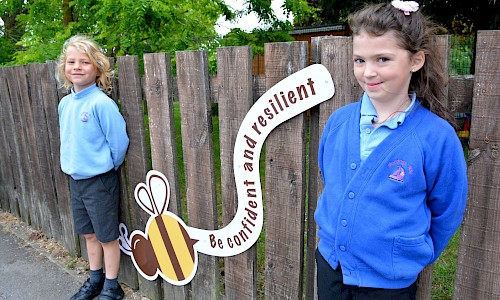When you come to our school you will notice that we do some things that are really special to us. As a school we see ourselves as one big family.
Individual welcome
At Moorings Way we welcome every child in the school individually. Each child shakes hand with their adult on the door. This is important to us as saying good morning every morning gives us a really good idea of how each child is feeling when they enter the classroom. It also starts the day positively. We work hard with the children to ensure we have good eye contact and a firm handgrip!
Teams not classes
At Moorings Way we made the decision to call our classes teams. They are all named after inspirational people who demonstrate or demonstrated some of our school values. We look being in a TEAM



